Rope has been a crucial tool for human civilization for thousands of years. Whether it’s for climbing, pulling, or tying, rope has always played a vital role in human society. One type of rope that has gained popularity in recent times is braided rope. Braided rope is a type of rope that is made by weaving together multiple strands of fiber. The braiding process creates a strong, flexible rope that is resistant to kinking and tangling.Read More…
Since our beginning in 1967, we have had experience designing, manufacturing and distributing the highest quality braided ropes and cords. Braided ropes and cordage are produced in all common fibers.
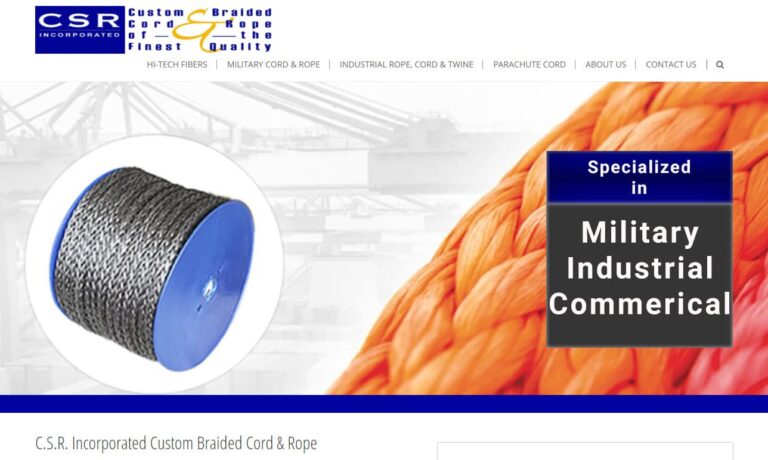
Atkins & Pearce is a leading manufacturer of braided technical textiles based in Covington, Kentucky. We produce and process industrial cordage and twine, coated insulation sleeving, tubing, expandable sleeving, lacing tapes, tie cords, candlewick, and custom braided textile products. All of our products are produced with quality top-of-mind and state-of-the-art equipment to ensure the best...

At Franklin Braid, we are passionate about the art and science of ropes. With years of expertise and a deep commitment to quality, we have earned our reputation as a premier provider of an extensive range of ropes. Let us introduce you to our world of ropes and our unwavering dedication to our craft. Ropes are our specialty, and our product range reflects our commitment to delivering a diverse...
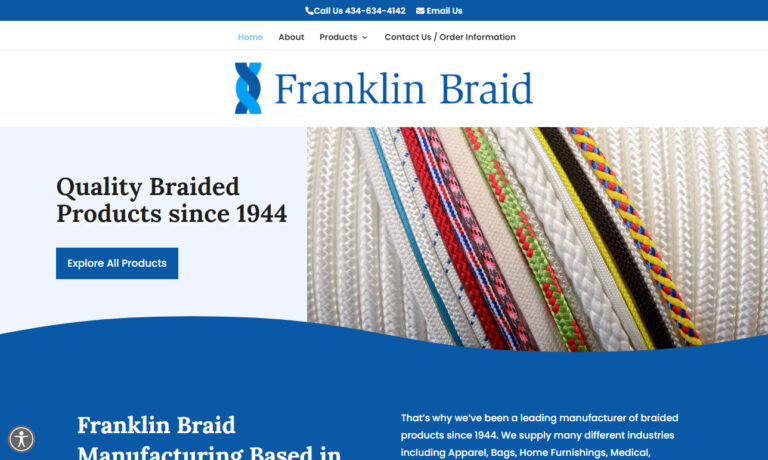
We are a manufacturer of high quality rope that is used in a variety of applications including arbor, climbing, guiding, industrial safety, rope rescue, work access and OEM. We are committed to innovative processes and product development. Call or visit us online today for me detailed information. We look forward to working with you soon!
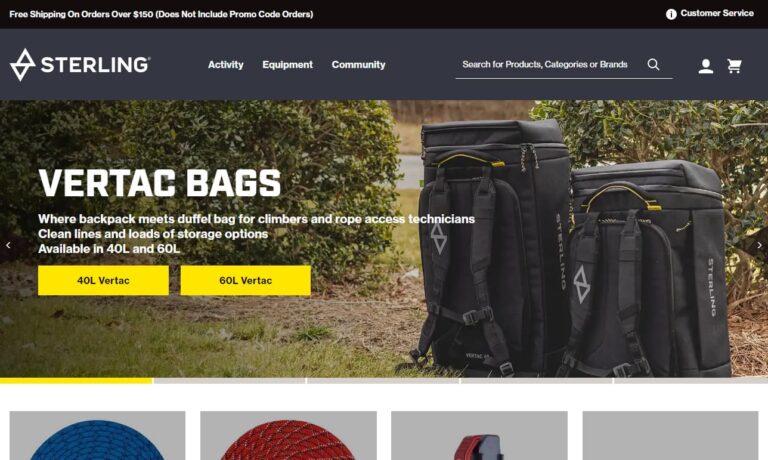
Sunshine Cordage manufactures and distributes synthetic rope. Our product consists of stranded rope available in 3, 8, & 12; solid braided and double braided rope, mooring lines, specialty rope and twines available in polypropylene and polyester. We offer ropes in many materials such as nylon, polyethylene, and manila. Sunshine’s ropes serve many applications and industries including...

Whether you need rope for heavy pulling or everyday decoration, Hercules Bulk Ropes can help. Since 1975, Hercules Bulk Ropes supplies the highest quality rope at competitive prices. We want to be your number one source for all your rope needs. Our prices will entice you, but our customer-friendly service and expertise will keep you coming back again and again!
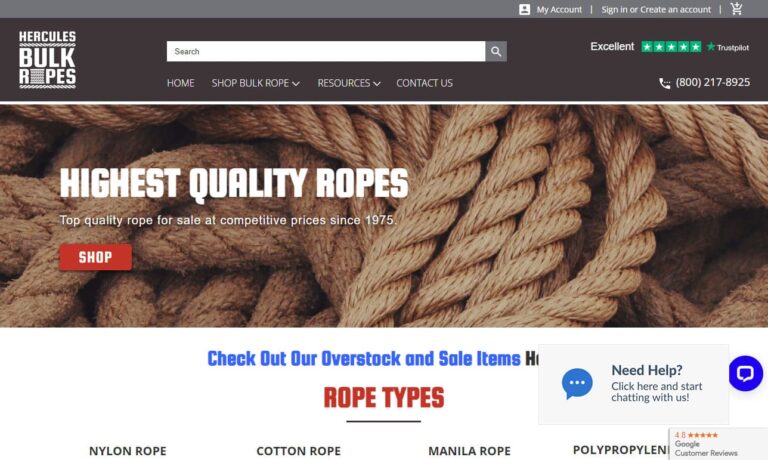
More Braided Rope Suppliers
How Rope Is Made
Rope-making is a process that involves twisting or braiding fibers together to create a strong, durable rope. There are various materials used to make rope, including natural fibers like hemp, sisal, and cotton, and synthetic fibers like nylon, polyester, and polypropylene. The type of fiber used depends on the intended application of the rope.
Twisted Rope
Twisted rope is made by twisting fibers together in a clockwise or counterclockwise direction. This process creates a rope with a "laid" appearance and is commonly used for applications that require a lot of flexibility.
Braided Rope
Braided rope, on the other hand, is made by weaving strands of fiber together in a pattern. This process creates a rope that is strong and resistant to kinking and tangling. Braided rope is typically used in applications that require high strength and durability.
Variations of Braiding Techniques and Why They Exist
There are several different braiding techniques used in the production of braided rope, and each technique can affect the properties of the rope. Some common braiding techniques include:
Three-Strand Braiding
This is the simplest braiding technique, in which three strands of rope are twisted together to form a braid. This technique produces a rope that is flexible and easy to handle but may not be as strong as ropes produced using other braiding techniques.
Four-Strand Braiding
This technique is similar to three-strand braiding, but with an additional strand. Four strands of rope are twisted together to form a braid, producing a rope that is stronger than a three-strand braid.
Eight-Strand Braiding
This technique is more complex than three- or four-strand braiding and involves weaving eight strands of rope together. This technique produces a rope that is strong, durable, and resistant to kinking and tangling. It is commonly used in applications that require high strength and durability.
Double Braiding
This technique involves braiding together two separate ropes to form a single, stronger rope. The outer braid provides protection from abrasion and wear, while the inner braid provides strength and durability. Double braided rope is commonly used in applications that require high strength and durability, such as in sailing and boating.
Hollow Braiding
This technique produces a rope with a hollow core, which can be useful for certain applications, such as in rescue and emergency services, where the rope may be used to hoist equipment or provide support.
The choice of braiding technique can depend on the specific application of the rope. For example, three-strand braiding may be suitable for lighter-duty applications, while eight-strand braiding may be more appropriate for heavy-duty applications that require high strength and durability. Double braided rope may be used in applications that require both strength and resistance to abrasion and wear.
The choice of braiding technique can also depend on the material used to make the rope, as different materials may have different properties that affect the strength and durability of the rope. Nylon, for example, is a popular material for braided rope due to its high strength and durability. Polyester, meanwhile, is also a popular choice for applications that require high strength and resistance to UV rays and chemicals. For nylon braided rope, double braiding is a common technique used to produce a strong, durable, and abrasion-resistant rope. For polyester braided rope, meanwhile, eight-strand braiding is a common technique used to produce a strong, durable, and resistant to stretch rope.
Challenges of Using Braided Rope
While braided rope is strong and durable, there are some potential weaknesses to be aware of. One common problem with braided rope is that it can be prone to unraveling if it is cut or damaged. To avoid this problem, it's important to use high-quality rope and to inspect it regularly for signs of wear and tear.
Benefits of Braided Rope
Despite the challenges, braided rope has several advantages over other types of rope. One of the main benefits of braided rope is its strength and durability. Braided rope is resistant to kinking and tangling, making it easy to handle and use. It is also highly versatile and can be used for a wide range of applications.
An often overlooked advantage of braided rope is that it is easy to splice. Splicing involves weaving the strands of the rope together to create a seamless join. This technique is commonly used to create loops or eyes in the rope for attaching to anchors or other objects.
Applications of Braided Rope
Braided rope has many applications across a variety of industries. Some common uses of braided rope include:
Climbing and Rappelling
Braided rope is often used for climbing and rappelling due to its high strength and durability. It is also resistant to kinking and tangling, making it easy to handle.
Sailing and Boating
Braided rope is commonly used in sailing and boating applications due to its high strength and resistance to abrasion. It is often used for rigging, halyards, and other applications that require high strength and durability.
Rescue and Emergency Services
Braided rope is often used in rescue and emergency services due to its high strength and durability. It is commonly used for hoisting equipment and rescue operations.
Agriculture and Farming
Braided rope is often used in agriculture and farming applications for tying and securing plants and equipment. It is also commonly used for animal feeders and other applications that require high strength and durability.
Construction and Industry
Braided rope is commonly used in construction and industrial applications for lifting and hoisting heavy equipment. It is also commonly used for securing loads and other applications that require high strength and durability.
Choosing the Right Braided Rope Manufacturer
To ensure you have the most positive outcome when purchasing braided rope from a braided rope manufacturer, it is important to compare several companies using our directory of braided rope manufacturers. Each braided rope manufacturer has a business profile page highlighting their areas of experience and capabilities, along with a contact form to directly communicate with the manufacturer for more information or to request a quote. Review each braided rope business website using our proprietary website previewer to quickly learn what each company specializes in. Then, use our simple RFQ form to contact multiple braided rope businesses with the same form.

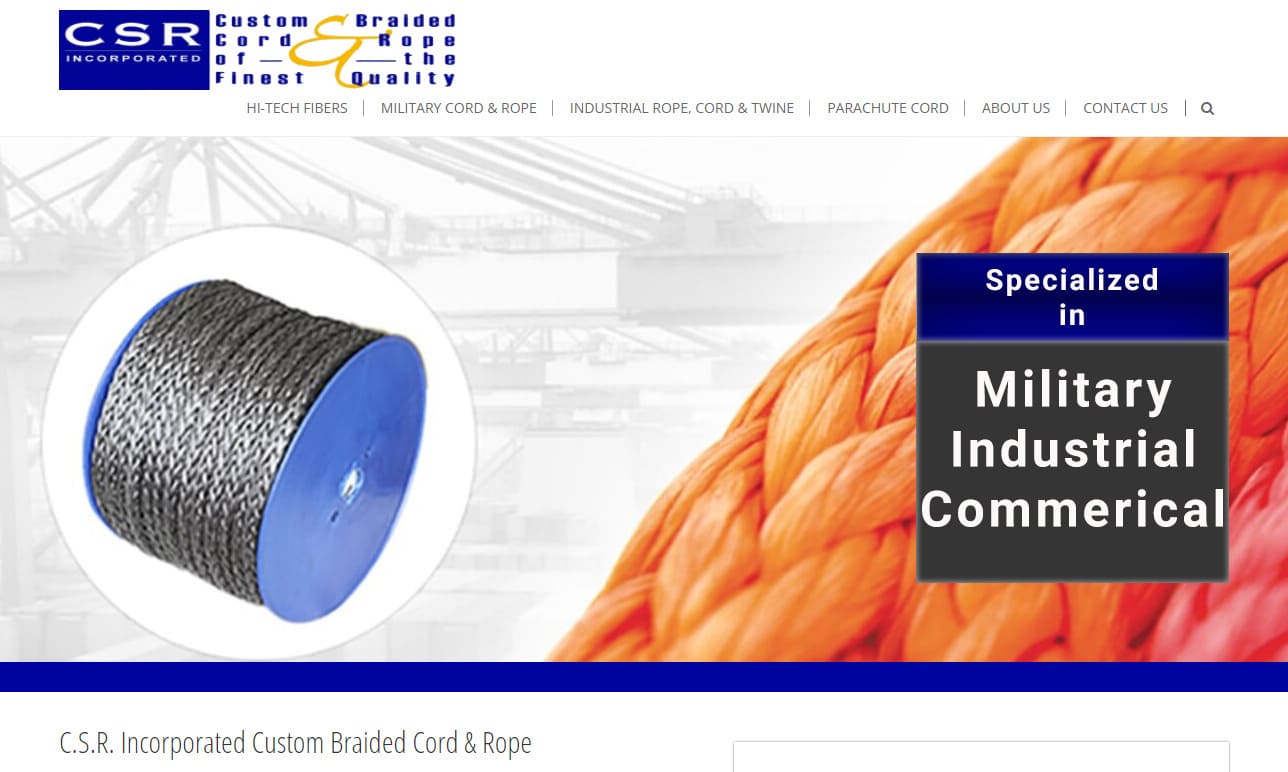

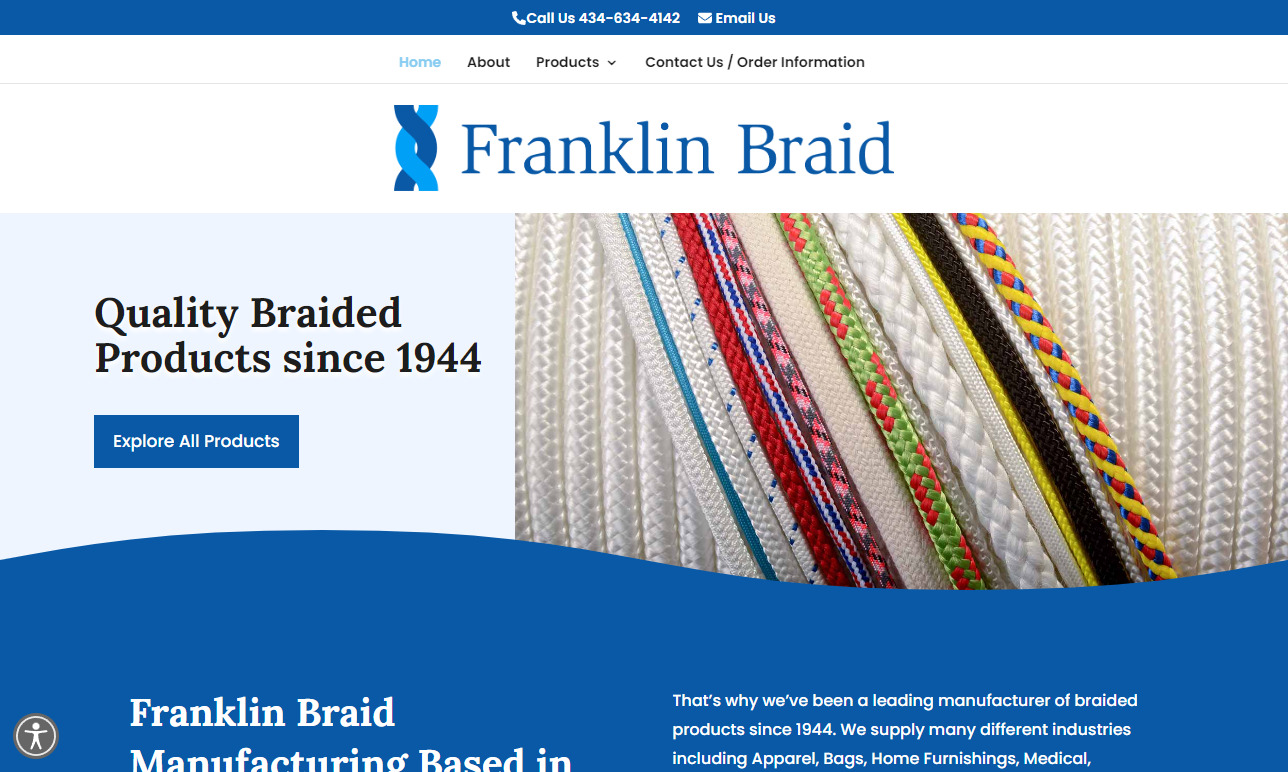
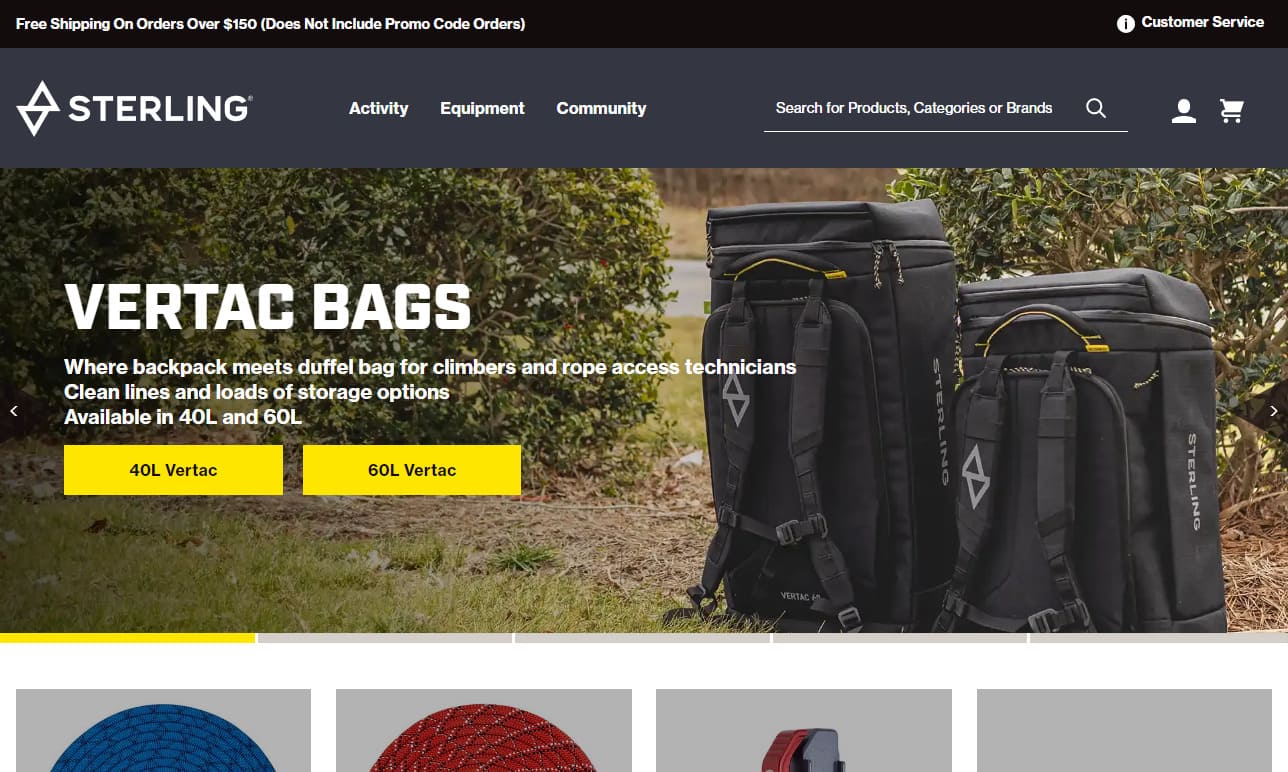

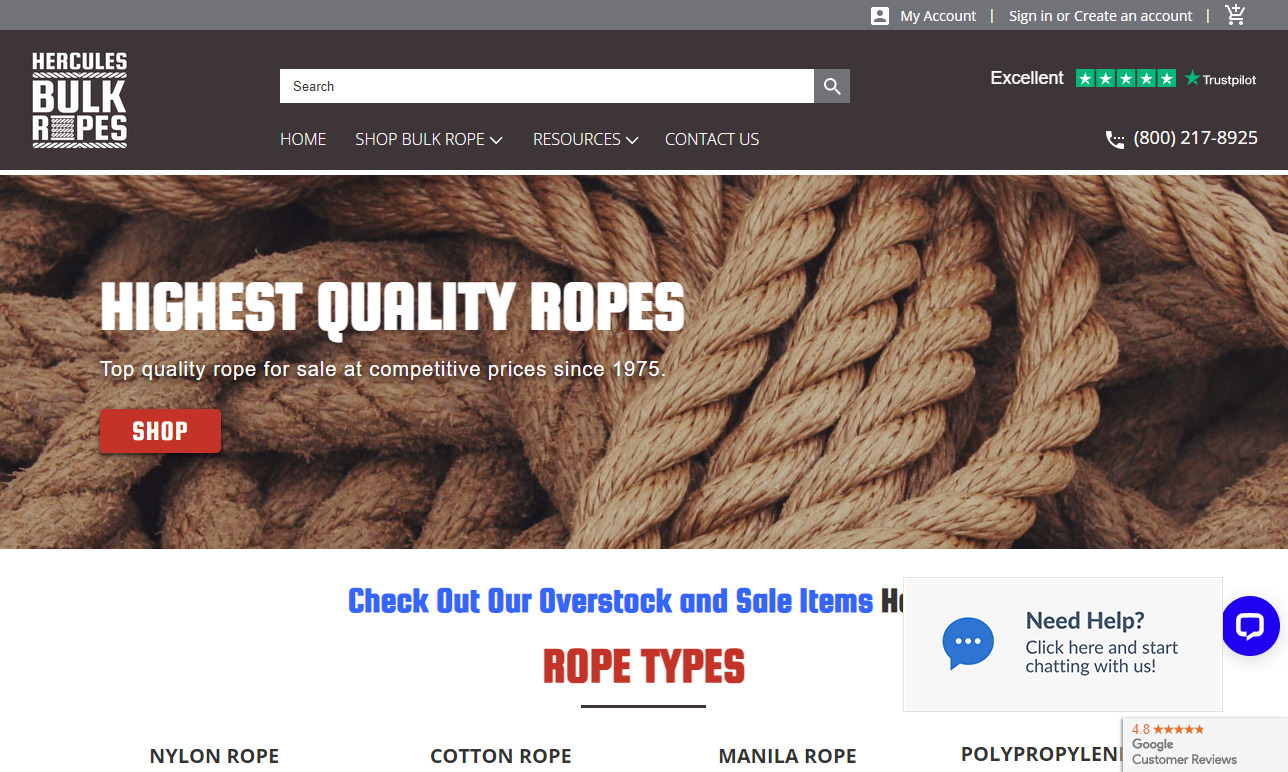
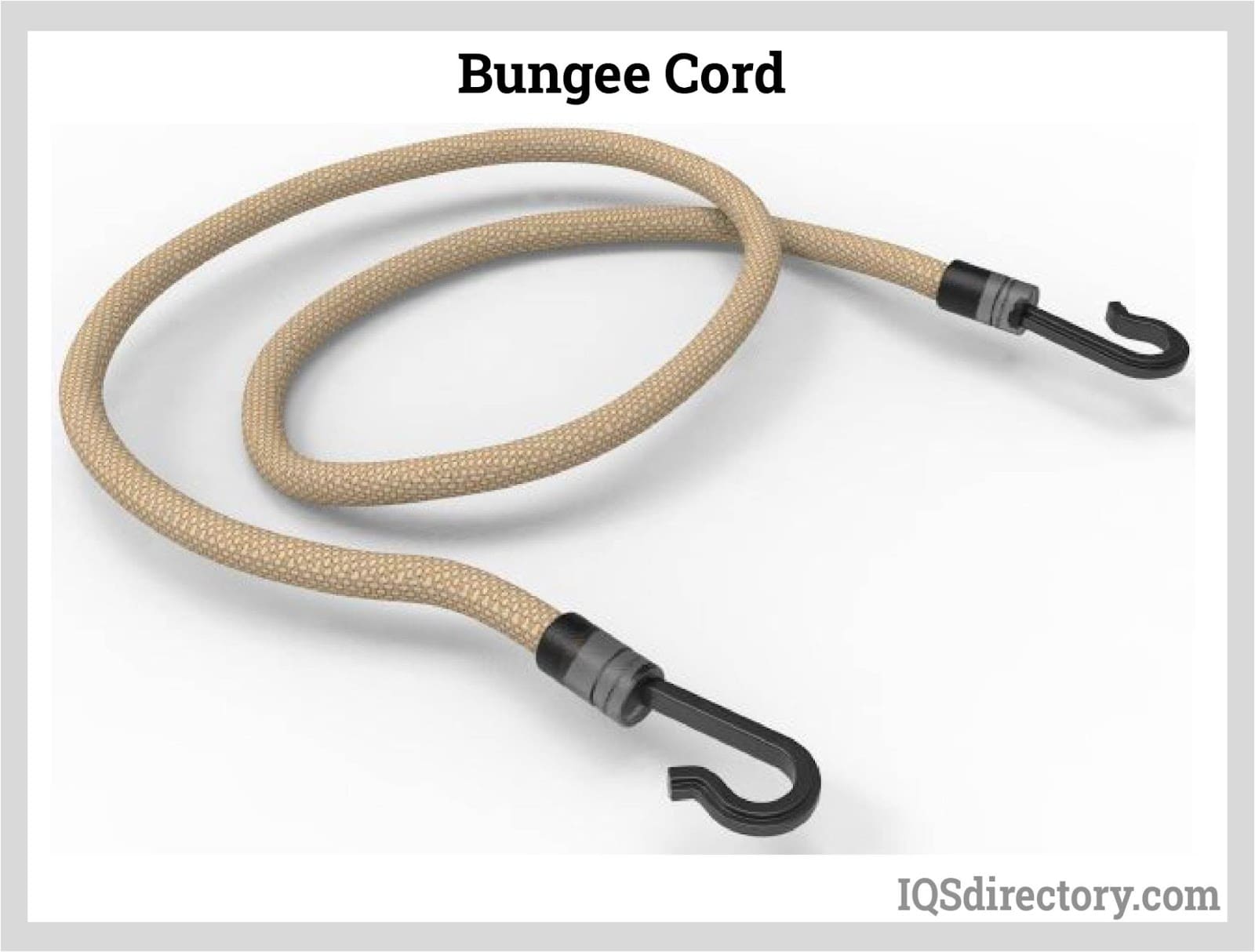
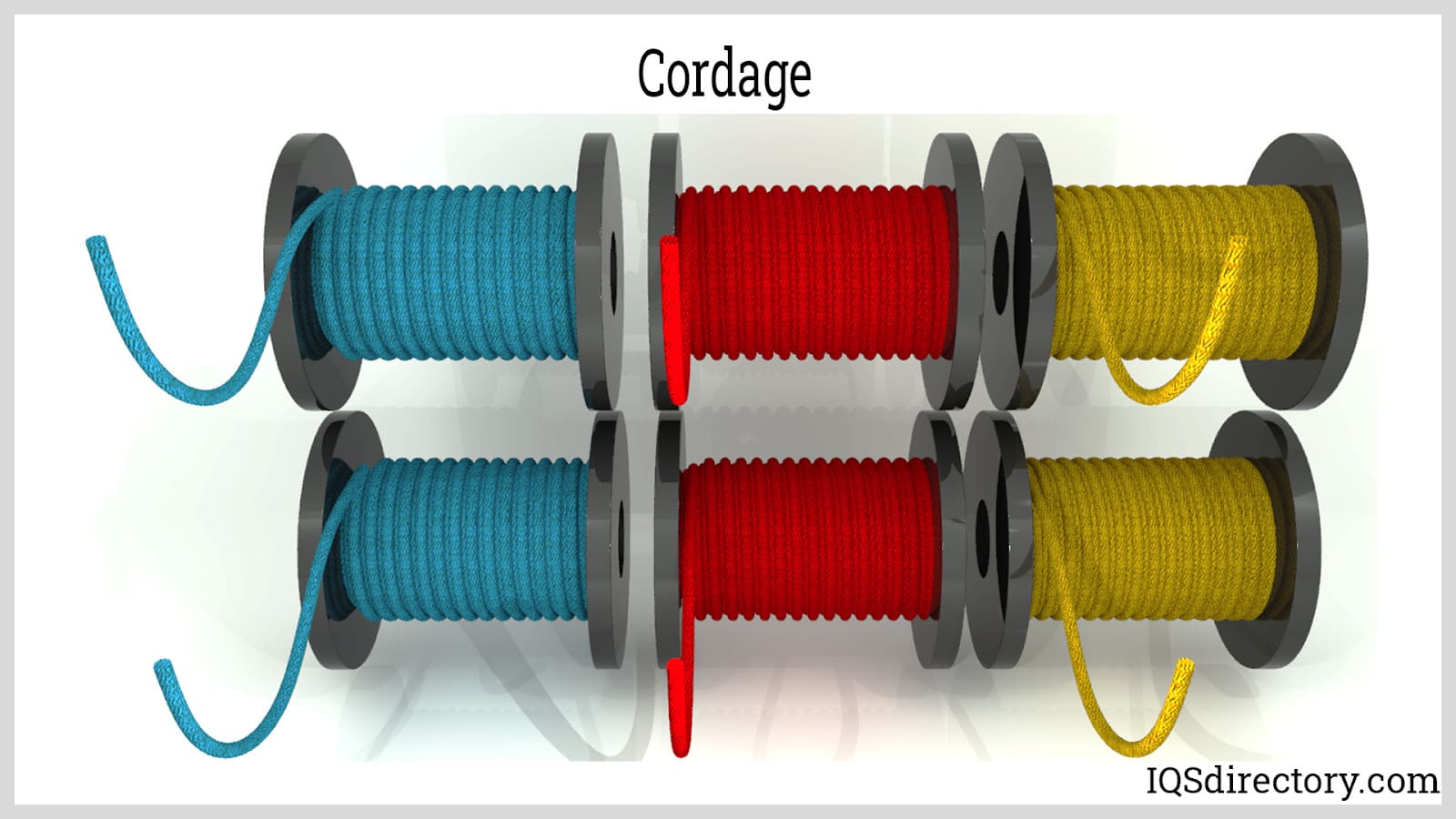
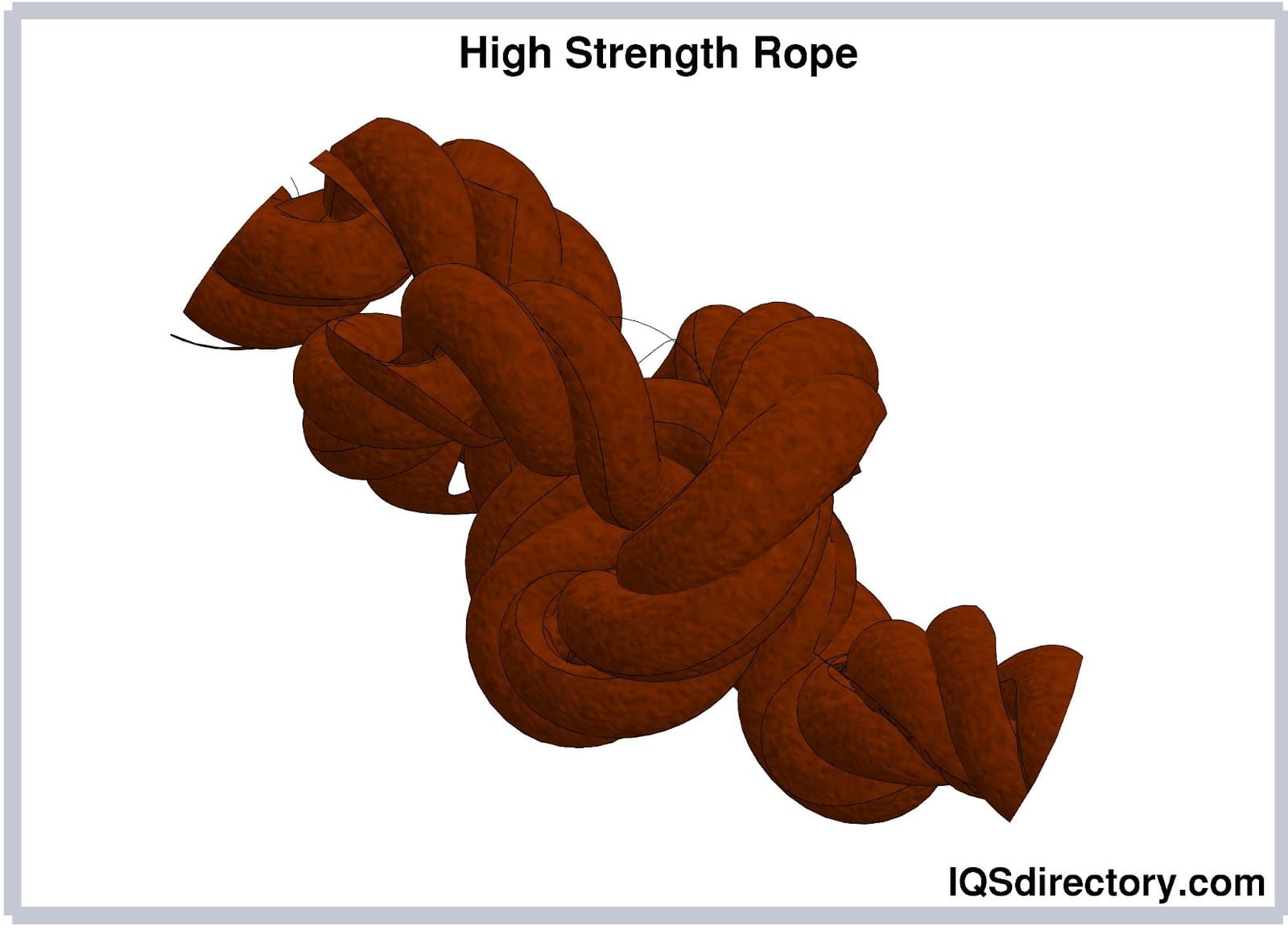
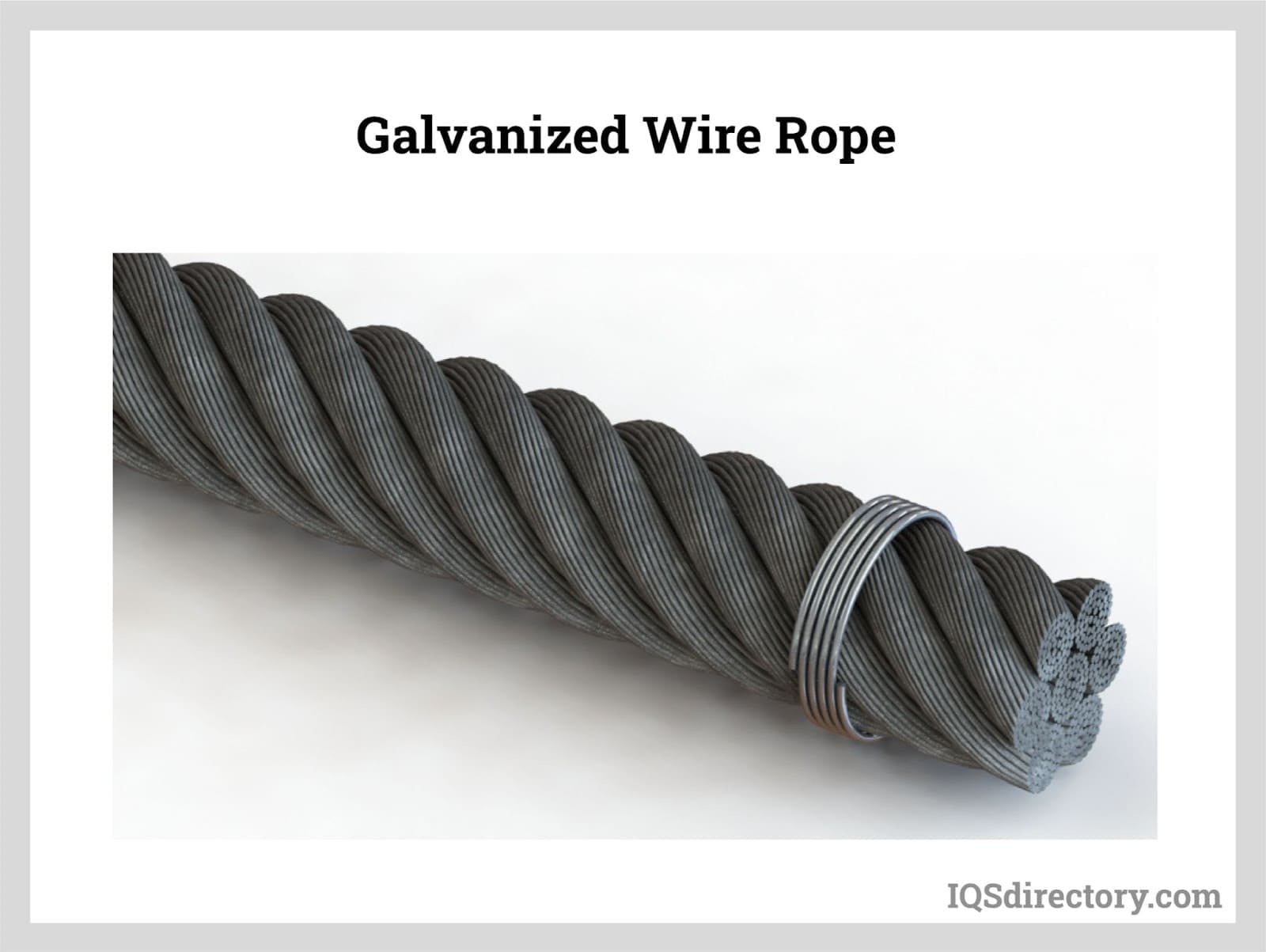
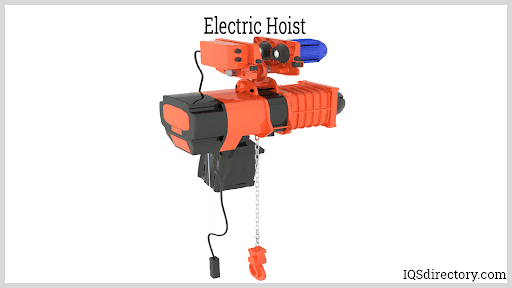
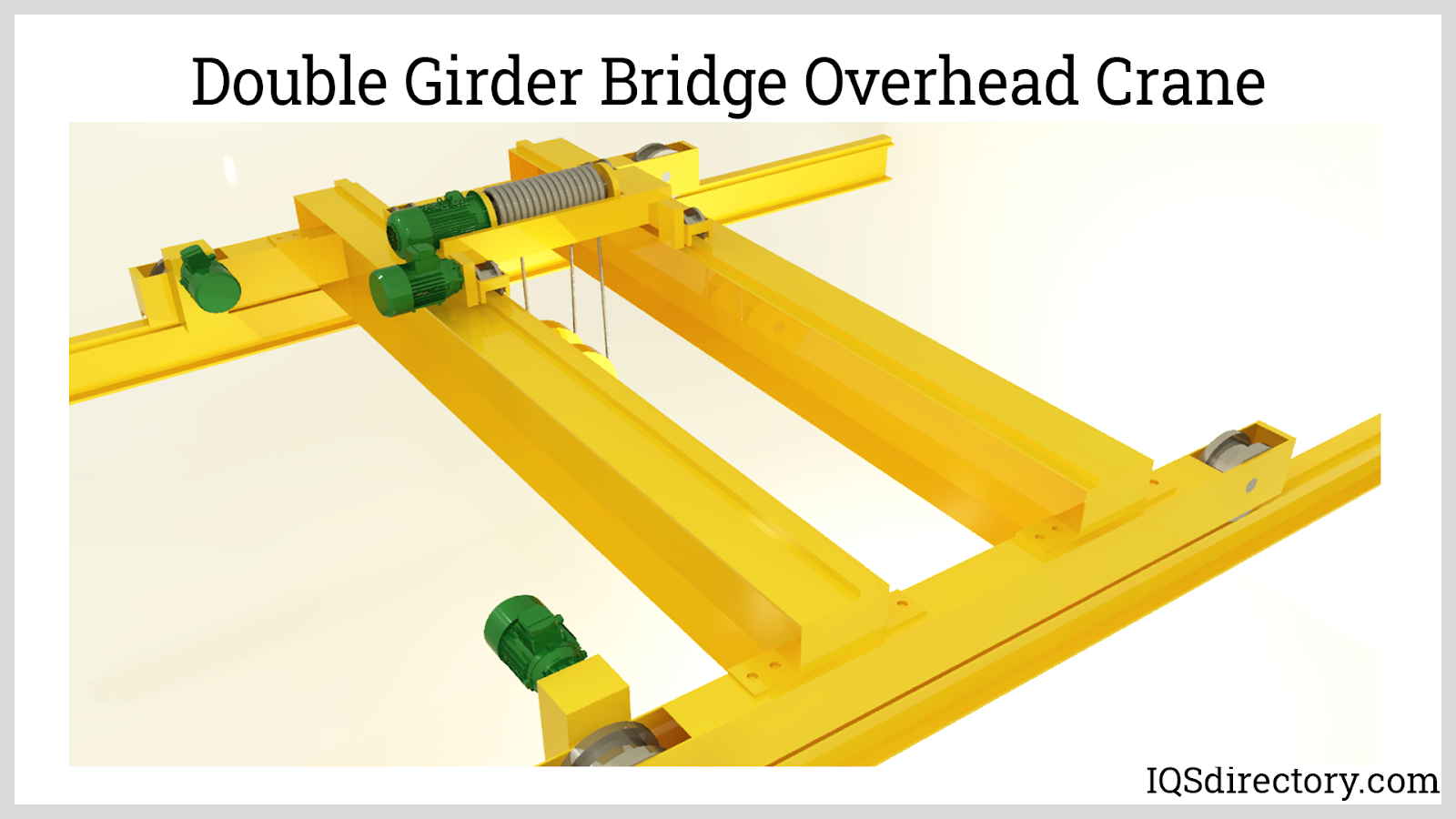
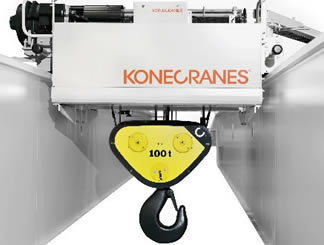 Cranes
Cranes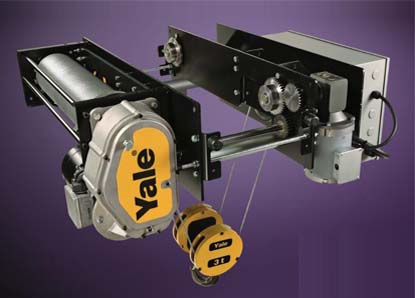 Electric Hoists
Electric Hoists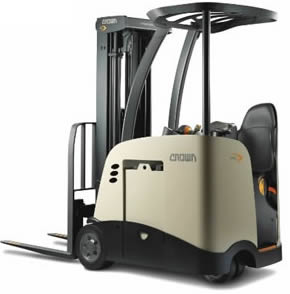 Forklifts
Forklifts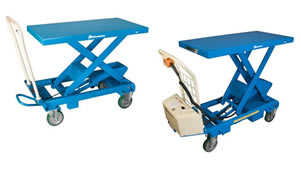 Hydraulic Lifts
Hydraulic Lifts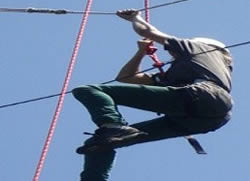 Rope
Rope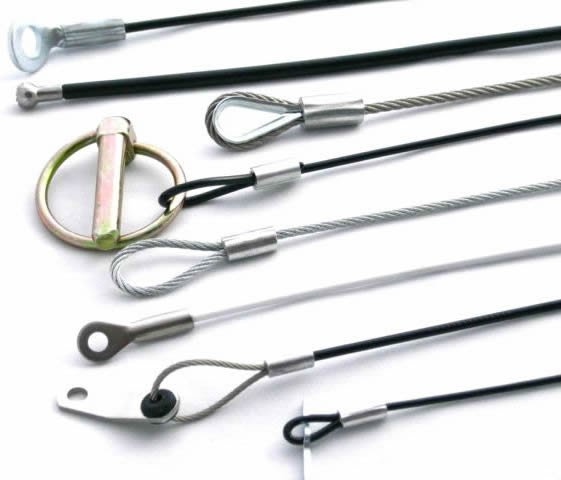 Wire Rope
Wire Rope Castings & Forgings
Castings & Forgings Bulk Material Handling
Bulk Material Handling Electrical & Electronic Components
Electrical & Electronic Components Flow Instrumentation
Flow Instrumentation Hardware
Hardware Material Handling Equipment
Material Handling Equipment Metal Cutting Services
Metal Cutting Services Metal Forming Services
Metal Forming Services Metal Suppliers
Metal Suppliers Motion Control Products
Motion Control Products Plant & Facility Equipment
Plant & Facility Equipment Plant & Facility Supplies
Plant & Facility Supplies Plastic Molding Processes
Plastic Molding Processes Pumps & Valves
Pumps & Valves Recycling Equipment
Recycling Equipment Rubber Products & Services
Rubber Products & Services